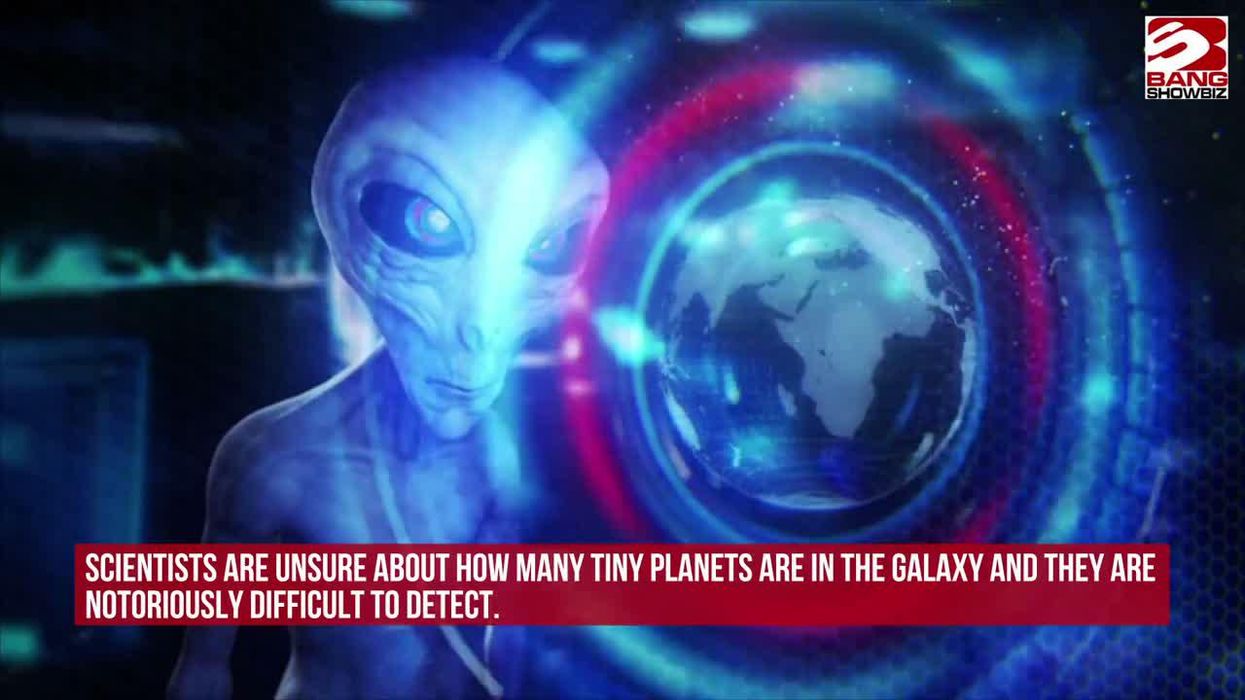Science & Tech
Indy100 Staff
Jun 13, 2022
Expert claims aliens could use rogue planets as spaceships to reach Earth
Indy
The way stars form could help us understand whether aliens exist, according to scientists.
A new study has found stars can have ‘siblings’ and are not always formed in the way it had been believed.
Researchers in the US say this could help us understand more about how stars and planets form and even whether other planets that surround the stars are habitable.
A team of US astronomers discovered a new star among a normal-looking cloud, but then found its ‘sibling’ tucked behind it.
When they looked at the cloud for the first time, they believed it looked normal.
With a closer look, they found the sibling star’s magnetic field was twisted.
Sign up to our new free Indy100 weekly newsletter
The team believe they formed far apart but were then pulled closer together to form a so-called binary.
When the star travelled closer to its sibling this shifted the dynamics of the cloud and twisted its magnetic field.
Lead study author Dr Erin Cox from Northwestern University in Illinois said: “It’s the star’s sibling, basically.
“We think these stars formed far apart, and one moved closer to the other to form a binary.
“When the star travelled closer to its sibling, it shifted the dynamics of the cloud to twist its magnetic field.
“As dense clouds of gas and dust collapse to form stars, they launch outflows of stellar material at hypersonic speeds.
“A magnetic field surrounding a star-forming cloud is typically parallel to these outflows.
“When we observed the large-scale L483 cloud, we discovered just that.
“The magnetic field matched this typical profile.”
However, when the team at a NASA observatory took a closer look, they found the magnetic field was twisted at a 45 degree angle and the outflows were not running parallel to each other.
Dr Cox believes the sibling star may be responsible for twisting the magnetic field.
When the two stars are around as far from each other as Pluto is to our sun, they form a so-called binary system.
Physicists say these binaries can be formed when star-forming clouds become big enough to form two stars or when the disc rotating around a young star partially collapses to make a second star.
But the research team believe something unusual was happening when they saw two stars move closer together.
Dr Cox added: “There is newer work that suggests it’s possible to have two stars form faraway from each other, and then one star moves in closer to form a binary.
“We think that’s what is happening here.
“We don’t know why one star would move toward another one, but we think the moving star shifted the dynamics of the system to twist the magnetic field.
“Learning how binary stars form is exciting because planet and star formation take place at the same time, and binary stars dynamically interact with each other.
"Most people are familiar with the iconic scene from “Star Wars,” in which Luke Skywalker wistfully gazes up at the binary stars that his home planet Tatooine orbits.
“This new work ultimately could provide new insights into how binary stars and the planets that orbit them form.
“Planets orbiting binary stars potentially could be habitable worlds.
“In our census of exoplanets, we know planets exist around these double stars, but we don't know much about how these planets differ from the ones that live around isolated stars.
“With new instruments coming online to discover and probe new binary systems, we will be able to test these results with a statistical sample.”
The findings were published in The Astrophysical Journal.
SWNS reporting by Gwyn Wright
Have your say in our news democracy. Click the upvote icon at the top of the page to help raise this article through the indy100 rankings.
Top 100
The Conversation (0)














Donald Trump explodes at 'obnoxious' reporter